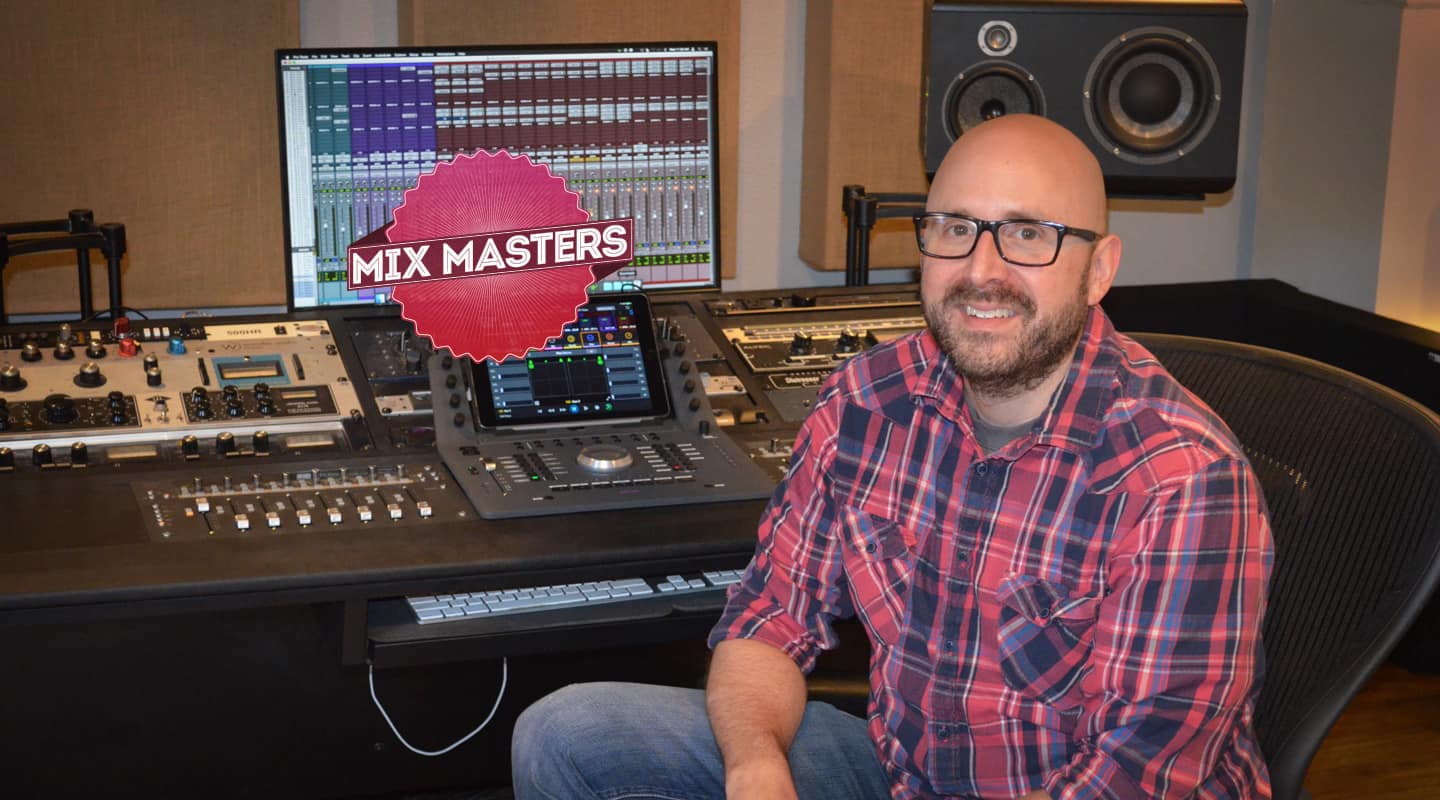
Mix Masters: Distorting Twenty One Pilots For Suicide Squad
Distorting Twenty One Pilots For Suicide Squad.

Artist: Twenty One Pilots
Album: Heathens
Melancholy, minor-key, mid-tempo electropop appears to be all the rage these days. The Chainsmokers’ Closer, Major Lazer’s Cold Water, Seeb’s I Took A Pill In Ibiza, DJ Snake’s Let Me Love You and Twenty One Pilots’ Heathens are just a few of the songs in that musical vein which have been slugging it out at the top of the hit parades all over the planet.
Heathens was the lead single of the Suicide Squad movie soundtrack, and has been one of the big success stories of 2016. The song was also the third big hit for Twenty One Pilots, a duo that broke through last year with the megahit Stressed Out, followed by the more moderately successful Ride. There are strong similarities in the sound and musical direction of Stressed Out and Heathens, which is unsurprising as both were produced by Mike Elizondo and recorded by Adam Hawkins, who also mixed Heathens.
Heathens was written by Tyler Joseph — singer, keyboardist and bassist of Twenty One Pilots — in Logic. He took his demo over to Elizondo’s Can Am Studio for two days of further development and recording. From there, Elizondo “fine-tuned the arrangement,” recalled Hawkins. “He added and took away parts, and programmed additional drum sounds. After assistant engineer Brent Arrowood moved the session over to Pro Tools, we started overdubbing live drums, bass, guitar, and vocals. But the rest of the arrangement is made up of synths and samples. The signal chain I used on Tyler’s vocals consisted of a Sony C800 mic, going into a UA610 preamp, which I was overdriving, and then into a UA Bluestripe 1176. It’s the same signal chain I used on the songs I recorded for Twenty One Pilots’ Blurryface album, including Stressed Out.”
The words “overdriven” and “distorted” popped up a lot as Hawkins talked through the making of Heathens. It seems he wasn’t alone either, as many of the other songs on the Suicide Squad soundtrack are awash with distortion. While distortion may be part of an overall aesthetic designed by the film’s music supervisor to fit in with the dark and creepy atmosphere of Suicide Squad, Hawkins said he didn’t refer to the movie at all. His aim was simply to make it sound right for the ears and sonic sensitivities of Twenty One Pilots, Elizondo, and Pete Ganbarg, Atlantic Records’ Executive Vice President and Head of A&R.
“Yes, there’s a lot of distortion,” agreed Hawkins. “On the vocals, the drums, the bass, and almost everything towards the big ending of the song. A lot of that was already there before I started to mix. Many of the synth sounds and samples were already very distorted, and I recorded Elizondo playing a heavily distorted live bass through a fuzz pedal. Although the lead vocal sounds fairly natural, it has some distortion as it was pushed heavily though that tube preamp, and the backing vocals underneath are heavily treated and distorted. I also used Avid Heat, which is part of the Pro Tools Mixer to add a little bit of crackle and distortion to everything in a pleasing way.”
STILL HANDS ON
Hawkins was speaking from his Acacia Sound studio in the backyard of his property near Los Angeles. His Pro Tools system with Avid HD I/O is at the heart of his studio, where he now works entirely in the box. On his web site, he lists quite a few nice analogue goodies, including a UA Blue Stripe 1176 and 6176, Chandler TG1, Manley Massive Passive, SSL G Compressor, Distressor, Altec 1612B Limiter, BAE Vintage API 312, Wunder PEQ2R, but Hawkins explained that these see very little, if any, action these days.
“For the last three years I’ve been pushing the mixing side of my work, and I now spend 90% of my time in this room, mixing,” explained Hawkins, who’s had his current studio setup for a year. “This is where I am happiest, even though I still enjoy occasionally going out to record an album for someone. In my previous room I had an SSL AWS900 for a short time, but today everybody expects me to mix song after song after song for an album. Then I get all the notes for all the songs at once, and I spend a day making changes. Doing it all in the box makes that much faster and efficient. With the console and analogue gear it takes 20-30 minutes to switch songs, and you never get your recall 100%. Of course, when you’re in the box, a recall is just a double-click away.
“Also, when I was working on an album on a console and with outboard, I would sometimes try not to change the settings on a piece of outboard, and only change the levels going into that piece of outboard, to make the recall process simpler and faster. I think that limited me. By contrast, when working in the box all my effect and EQ settings are completely unique for each song, which works much better. I’ve also learned how to get the sound I want in the box. I did lots of AB testing between in the box and out of the box to make sure I was happy with the sound I got in the box and had figured out a way of re-creating some of the character and flavours I like from outboard gear.
“I do still like to have my hands on faders, though. I now have two Avid Artist Mix controllers, and recently also got the Avid Pro Tools Dock, which uses an iPad. I have 16 faders plus the one on the Dock. I’m one of those people who actually uses those things! I may assign the lead vocal to stay on one fader at all times so I don’t have to go searching for it, and I will assign a couple of different stereo-mix versions to two of the faders so I can AB them easily. I will also assign the drum VCA, so I can solo it. Otherwise, I set it so that when I select a track on the screen it immediately jumps to a fader. Lately, since getting the dock, I’m using that one fader more than all the others. I prefer to listen to things and adjust them with a fader, because I hate drawing in little automation dots with the mouse. Screens have such high resolutions nowadays and the dots are so tiny that I feel you have to click on that exact pixel, and it’s just awkward.”
FLYING SOLO
The Heathens session totalled a whopping 100 tracks — 22 live drums tracks (including aux tracks), 25 sampled drum tracks (including aux tracks and one VCA track), 12 miscellaneous sample and noise tracks, which also include four bass tracks and two guitars tracks, 18 keyboard, synth and sample tracks (including one strings track), 14 vocals tracks including a Vocals VCA track, and nine aux effect tracks at the bottom of the session. With many of the tracks being stereo, Hawkins said the session, “maxed out my available 128 voices on Pro Tools. I almost had to buy a second Pro Tools card just to play the session!”
Hawkins got a handle on the sizeable mix by doing doing it in stages. “I got the rough mix in the ballpark at Elizondo’s studio,” he explained. “But I didn’t get to dial in detailed automation dynamics or fine-tune EQ curves. When I took the session to my place, the first thing I did was line up the five kick samples so they were enhancing each other, rather than taking away from each other. You don’t want certain frequencies disappearing due to phase issues. I spent a lot of time flipping the phase on each one against another, and would nudge them forwards and backwards until they hit just right. Moves like that add punch and clarity. I also lined up the snare samples.
“After that I spent time on the drums as a whole, making them sound powerful and clear. Many people say you’re not supposed to mix things in isolation, but I do it anyway. I like to work from the ground up, which for me, means making the drums sound great, then adding the other elements in as I go through the session. I go through each individual track and make sure it sounds the way I think it should sound to me on its own, then I fine tune it while it’s playing with everything else. So yes, I am a solo-er. I like to solo things and find out what is bugging me about particular elements, fix it and put it back in the track to see if that helps. I need to focus on each thing individually before it can feel as one whole thing to me. I do a lot of nitpicking over stuff that no-one else will ever notice. It’s just how I have always done it.”
SQUAD GOALS
In fact, despite Hawkins saying he’s not supposed to mix like this, that ‘solo and build a mix section by section’ approach is fairly common. Hawkins took AudioTechnology on a solo-ers journey through all the parts that make up Heathens, so you can walk through the mix process as he was hearing it. Hawkins: “Was this song easy to mix? No, there are no mixes that are easy! The biggest challenge is always the internal creative pressure I put on myself: ‘Is it good enough?’”
Given how well Heathens has travelled and its lead single status on Suicide Squad, Hawkins can rest assured that the answer is a resounding, ‘Yes!’
Yes, there’s a lot of distortion

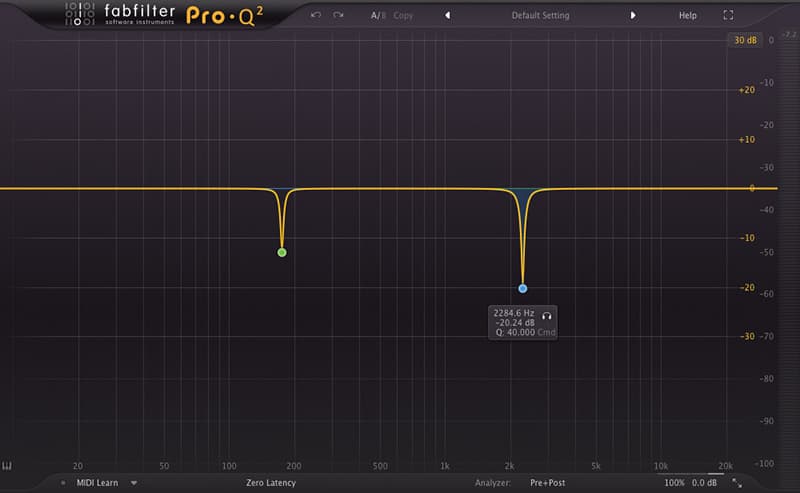









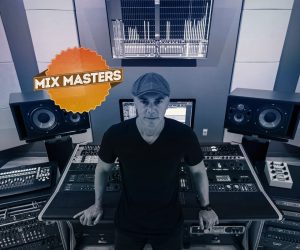

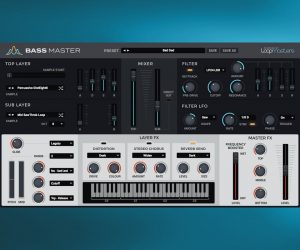






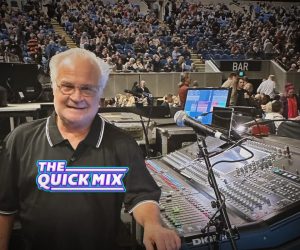




Could you possibly upload a higher resolution of the pro tools session picture? Cant read anything!
You’ve probably already have it posted in these writings, but I am very interested in what the scrubbing sound is that sounds like a pump shotgun cocking. Is it a guitar? I’ve heard this in another song before. Very interested to know .